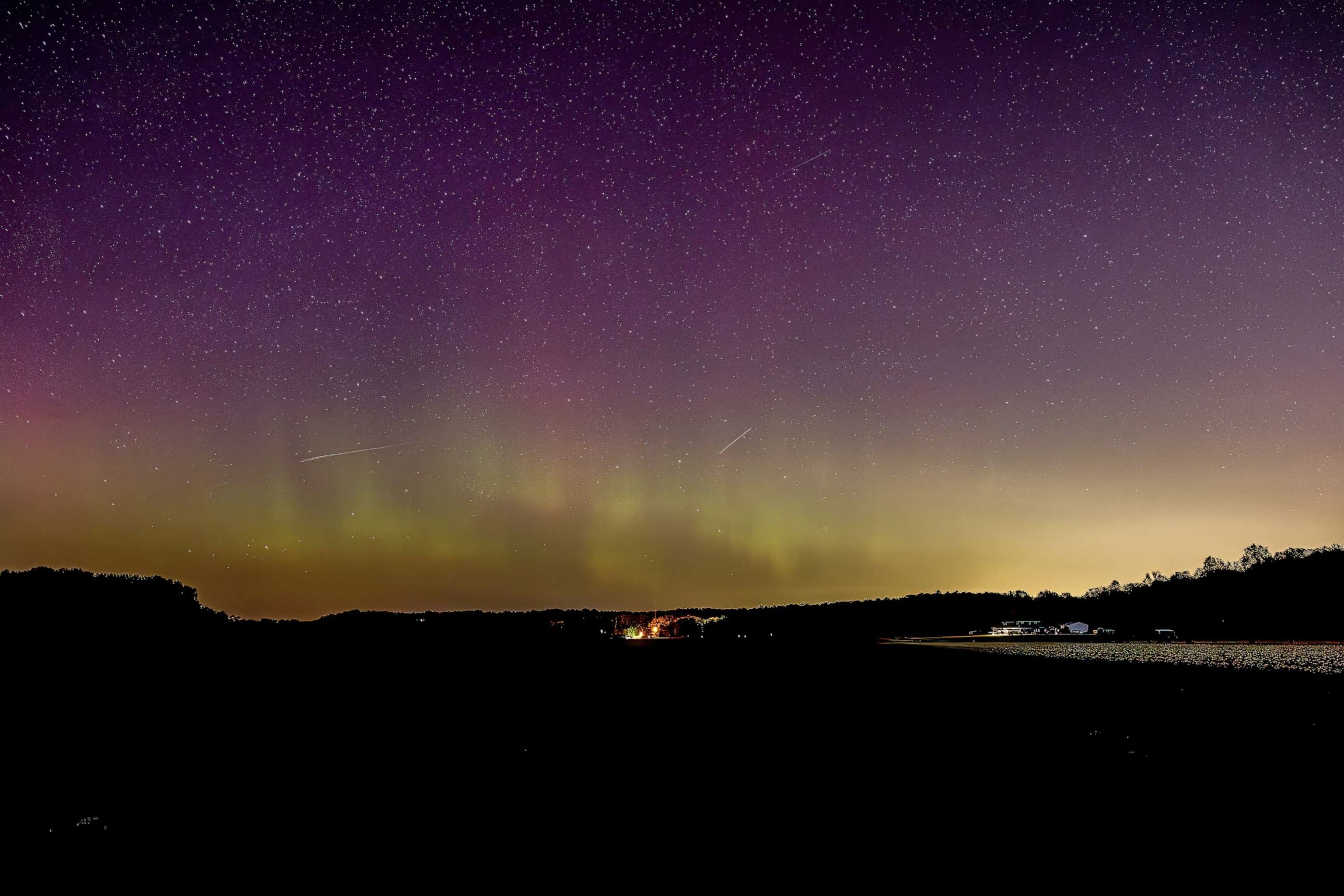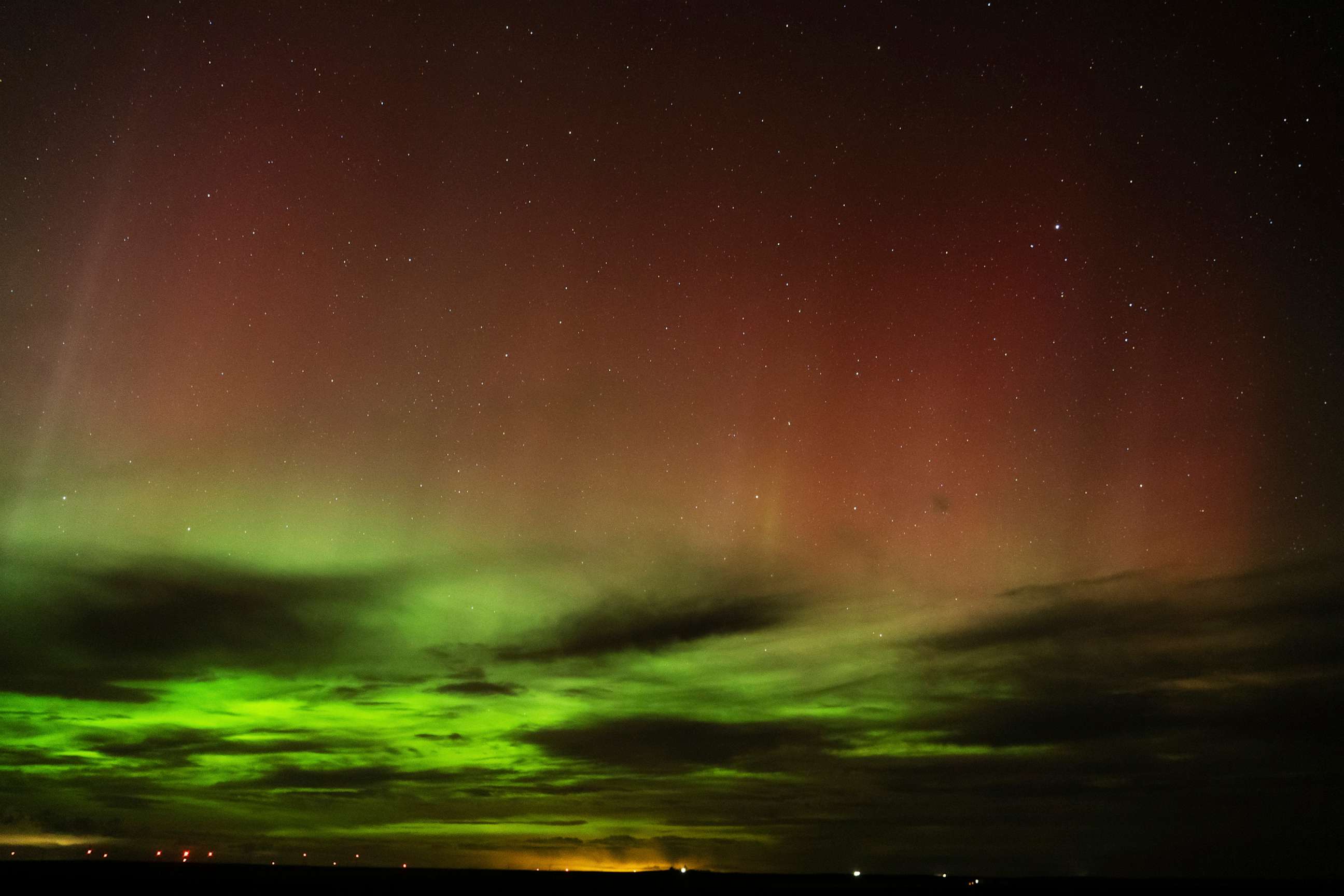Northern Lights may be visible if you live in these states
If you live near Canada, you might be able to see the Aurora Borealis.
Several states may be in for a treat in the night sky this week – a possible view of the Northern Lights.
On Tuesday night, according to the aurora borealis forecast from the Space Weather Prediction Center, besides Alaska, two continental states stand a chance of seeing the phenomenon: Minnesota and possibly parts of North Dakota that hug the Canadian border.
Wednesday’s forecast adds a few states to this possible viewing – northeast Washington State, Idaho, Montana, Wisconsin and the very top of Michigan, per the forecast map from the SWPC.

According to the University of Alaska at Fairbanks, Geophysical Institute website, which also tracks the phenomenon: “Weather permitting, active auroral displays will be visible overhead from Inuvik, Yellowknife, Rankin and Iqaluit to Juneau, Edmonton, Winnipeg and Sept-Iles, and visible low on the horizon from Vancouver, Great Falls, Pierre, Madison, Lansing, Ottawa, Portland and St. Johns.”
The probability of seeing it though, remains low, in the lower 48.
Earlier reporting indicated sky gazers in 17 states would be treated to the colorful light show this week due to a previously forecasted solar storm in the atmosphere.

Auroras occur when atoms and molecules in Earth's atmosphere clash with a solar flare from the sun, which causes the atoms in the upper atmosphere to glow.
Northern Lights are most often seen in Alaska, Canada and Scandinavia, and rarely travel south enough for viewers in the continental U.S. to catch a glimpse. But in April, an intense solar storm brought the light show as far south as New Mexico and Arizona.
The show gets better the farther north you go, as the energized particles interact with the atmosphere closer to Earth, Bill Murtagh, program coordinator at the NOAA Space Weather Prediction Center in Boulder, Colorado, told The Associated Press in April. Further south, the curvature of the Earth cuts off the most dazzling parts of the Northern Lights -- leaving a reddish hue rather than the signature green curtains -- as the particles interact higher in the atmosphere. Murtagh said.

Editor's note: This story has been updated to reflect the most recent forecast from the Space Weather Prediction Center and the University of Alaska, Fairbanks, Geophysical Institute.



